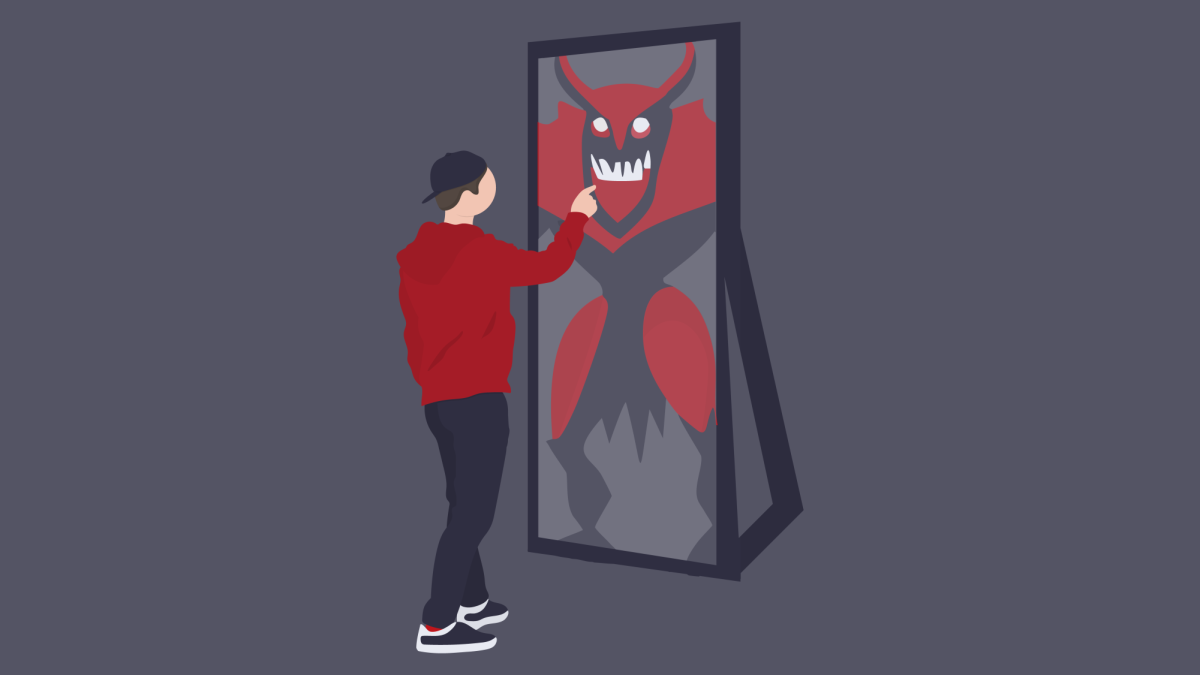Young voters will be critical to the outcome of this election, if they bother to vote.
Yes, we’ve all heard this tired line before.
Cable news pundits and analysts continue to describe young voters as a sleeping giant capable of turning elections upside down if awoken. But the talking heads are forgetting an important fact: young people already voted in large numbers in 2004.
That’s right, nearly 42 percent of eligible 18- to 24-year-olds voted in 20048212;the highest youth turnout in 32 years. According to the U.S. census, the last time young voter participation in a presidential election topped 40 percent was in 1972 when the voting age was lowered to 18 amid outrage over the Vietnam War. Simply put, 2004 was the year of the youth vote.
Young voters have also proven their ability to shape the outcome of this election. Sen. Barack Obama’s unlikely victory in the Democratic primary is a testament to the power of young voters who are willing to caucus or donate online.
Of course, more young people need to vote and pay attention to what’s going on in their government, and there’s certainly room for improvement with a 40 percent turnout. Yet one can’t help feeling as if this trend toward an increasingly politically active youth has been ignored. The emergence of young voters this year and in 2004 is probably one of the most under-covered political phenomena in the last decade.
So, why has the media failed to cover or recognize this trend? Some observers say a story line about high youth turnout didn’t fit with the results of the 2004 election.
Sujatha Jahagirdar, director of the New Voters Project for the Student Public Interest Research Groups, said high turnout among young voters is often discounted when the candidate perceived to be most popular with young people loses.
For example, Jahagirdar said Howard Dean was thought to be the favorite candidate of young voters in the 2004 Democratic primary, but after he lost the Iowa caucus to John Kerry many wrongly assumed young voters didn’t show up. The same logic would apply to the 2004 general election when John Kerry, who led by nine points among 18- to 24-year-olds in CNN’s exit poll, lost the election to George W. Bush.
Jahagirdar explained the difficulty of combating this misconception to a group of roughly 100 college students at Harvard’s National College Conference for Political Engagement earlier this month. I attended the conference alongside three other U representatives: College Democrats President Oakley Gordon, College Republicans Chairwoman Heather Berg and Hinckley Institute of Politics staffer Ben Dailey.
Much of the weekend was spent discussing how technology has changed the way young people participate in elections. Again, I found explanations for why young voters are being overlooked.
John Della Volpe, director of polling for the Harvard Institute of Politics, said the college-age demographic is severely underrepresented in opinion polls because most pollsters only call land lines when conducting surveys.
Maybe most analysts are like John McCain and just don’t understand the Internet and other new technologies.
Aside from polling, there has been a sharp increase in online-based political activism that hasn’t been widely reported. I can’t imagine many older people text message their friends on Election Day or use Facebook and MySpace to organize political rallies.
Whatever the reason, journalists are missing the big story. Instead of asking “what if” this election season, the media needs to take a hard look at the growth of an increasingly important voting bloc.
After all, the giant isn’t sleeping anymore.

Dustin Gardiner











